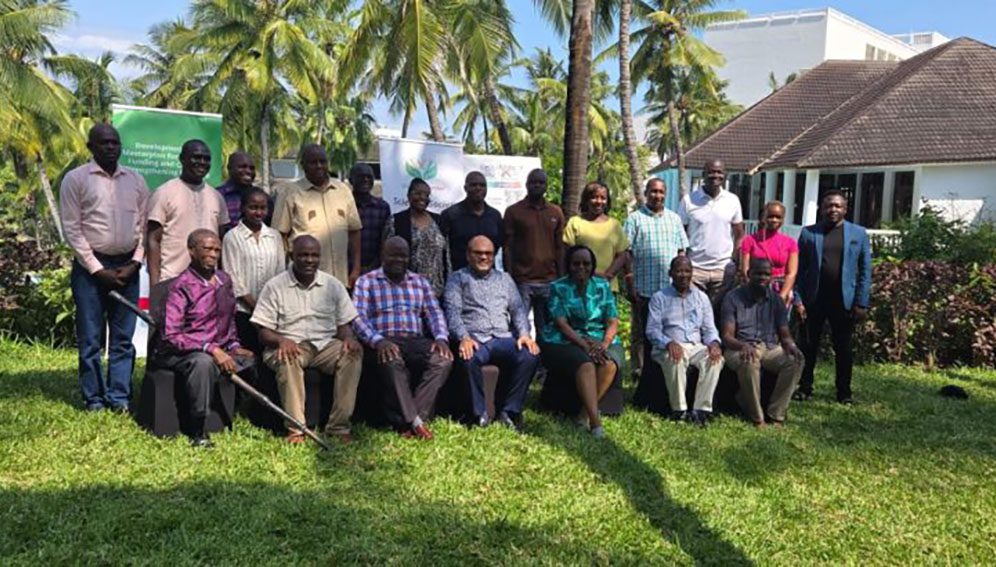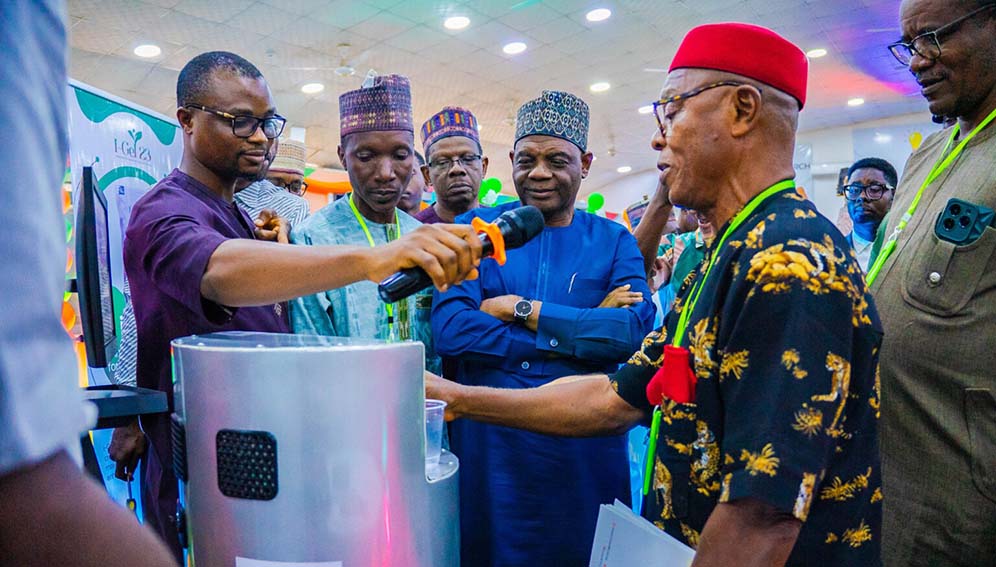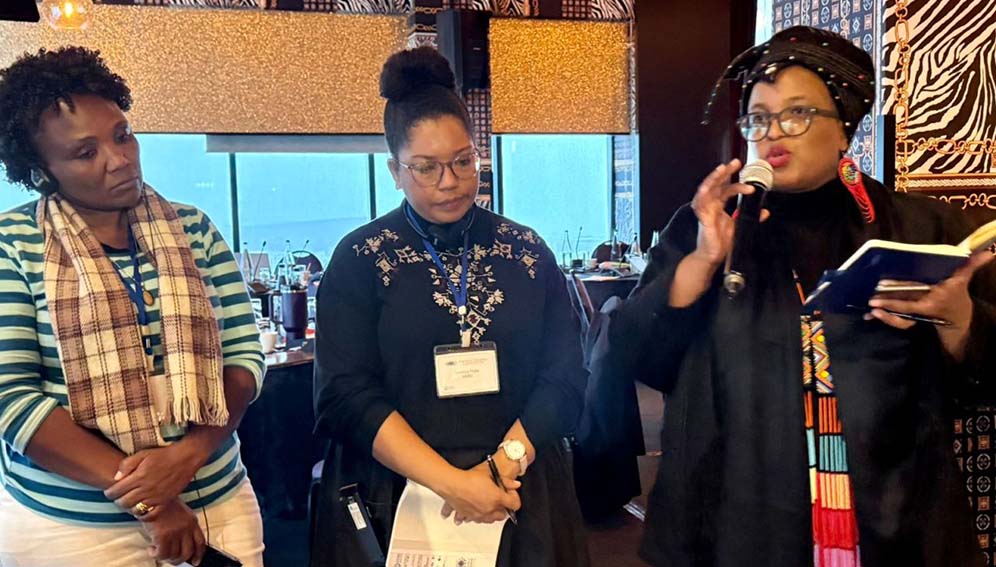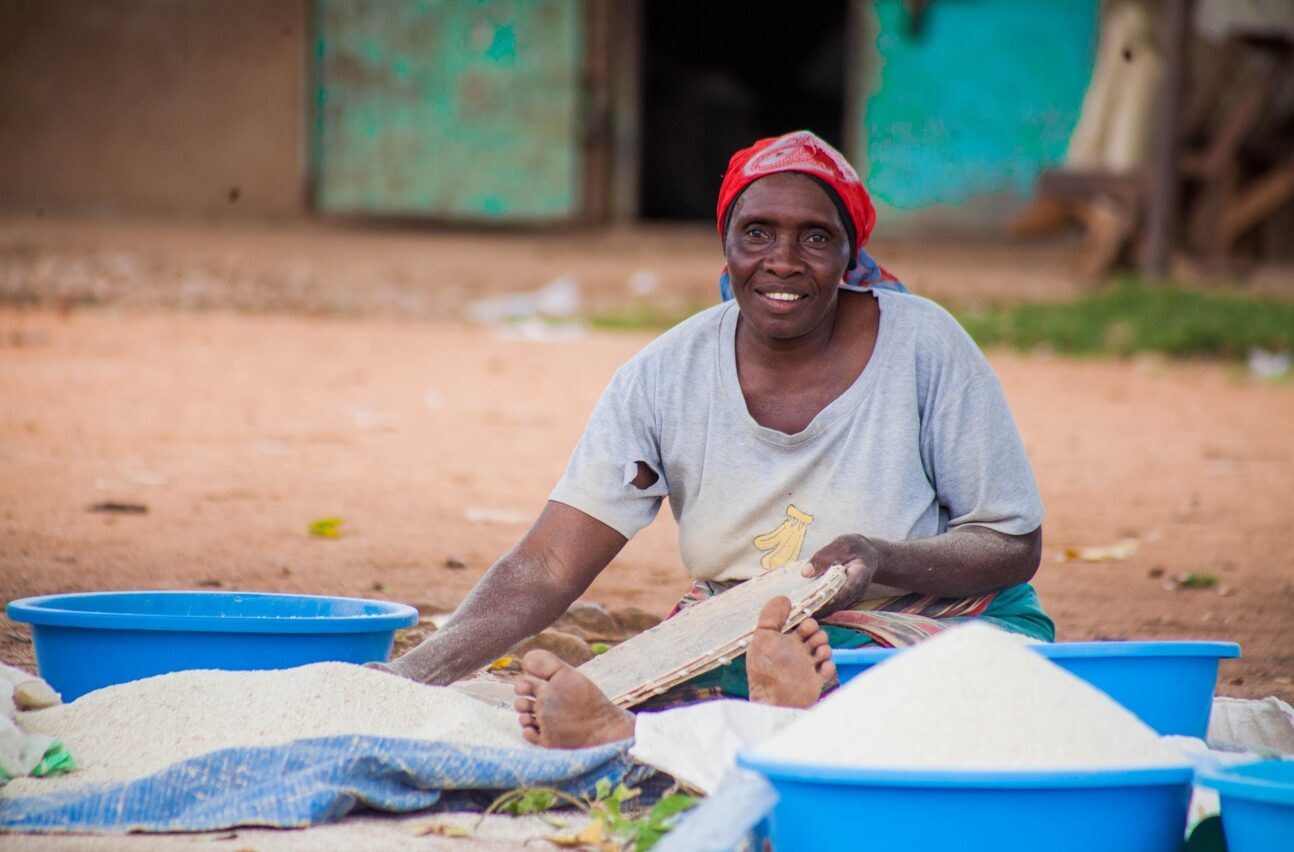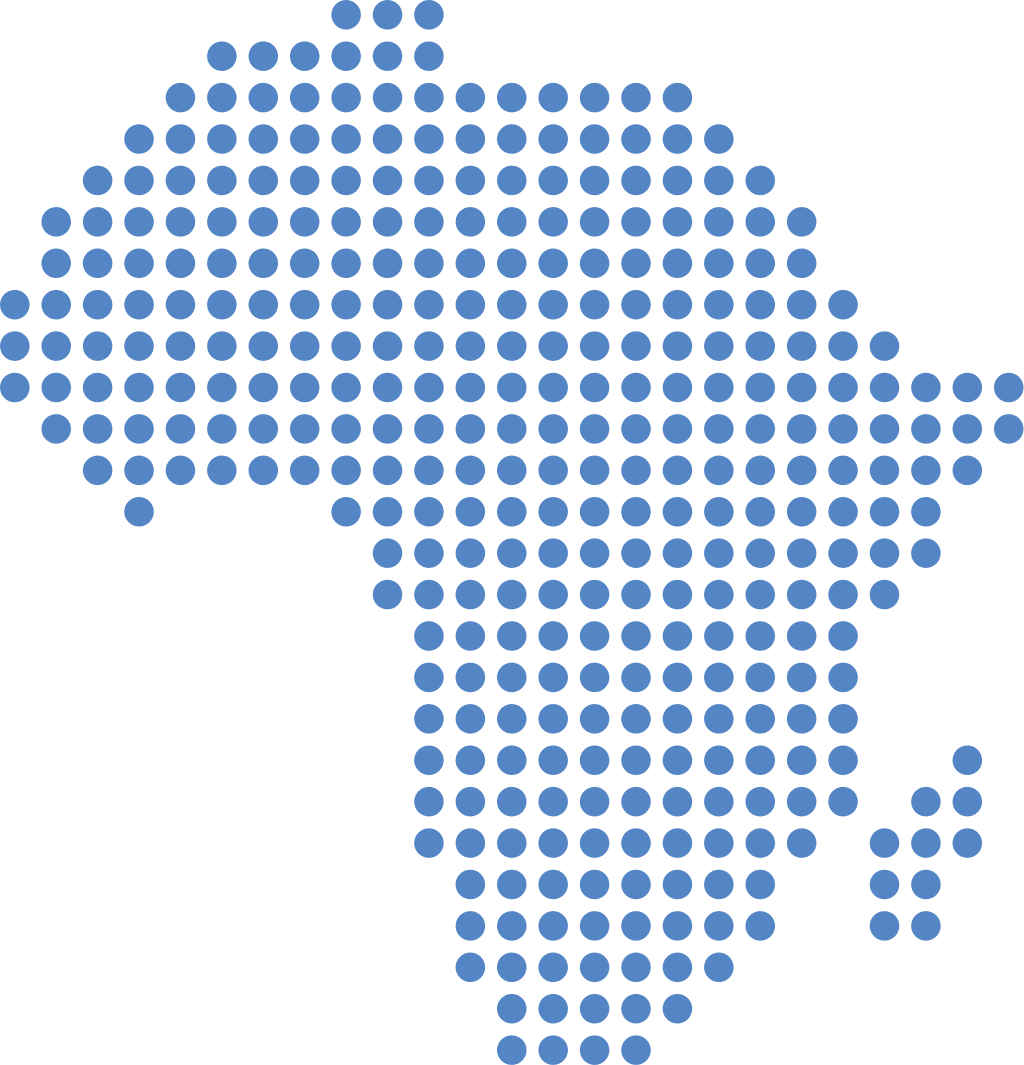SGCI News
Further efforts are needed to tackle the inequalities in treatment that persist between men and women despite the progress made in recent years. In its 2022 National Research Outlook Report,…
The absence of appropriate legislation is one of the factors that maintain this gender inequality
In Uganda, only per cent of researchers are women and per cent of PhD graduates are women
Inequalities are manifested by differences in remuneration and inhuman behaviour
Further efforts are needed to tackle the inequalities in treatment that persist between men and women despite the progress made in recent years.
In its 2022 National Research Outlook Report, the Uganda National Council for Science and Technology (UNCST) highlights that the proportion of women in the country’s research and higher education institutions has increased over the past 15 years.
However, the same document points out that only 28% of Ugandan researchers are women. A percentage that tends to be even lower in traditionally male-dominated fields, such as engineering and technology.
Moreover, we learned that between 2010 and 2020, less than a quarter (24%) of PhD graduates in Uganda were women.
These figures bring to light the issue of gender inequality that prevails in scientific research in Africa.
A topic that is among the main areas of interest of the SGCI (Science Granting Councils Initiative), a program implemented in West Africa, East Africa and Southern Africa to build the capacity of granting agencies of research.
Supported by the International Development Research Center (IDRC) and five other organizations[1], the SGCI aims to support evidence-based research and policy that will contribute to economic and social development.
Diakalia Sanogo, Senior Program Specialist for the IDRC’s Regional Office for West and Central Africa based in Dakar, Senegal., has a clear idea of why gender inequality persists.
Indeed, he argues that the lack of appropriate legislation and weak implementation of science and research funding policies were impediments towards achieving gender equality and inclusivity.
“Much was being done to make gender equality and inclusivity mainstream, especially in science, technology, and innovation but gender transformation needs real solutions”, says the researcher.
Diakalia Sanogo points out in passing that these inequalities manifest themselves “in pay gaps, human behaviour, that is why we say it is important to get rid of negative behavior by raising awareness through dialogue”.
Ingrid Lynch, Principal Investigator of the SGCI Gender Equality & Inclusivity Project thinks that the manifestations of this inequality are observed quite early in the education system. According to her explanations, one of the first places where girls are lost in the education system is at the primary school level.
“We have many policy responses trying to address this part of the leaky pipeline”, says Ingrid Lynch who also works at the Human Sciences Research Council in South Africa.
She also draws attention to the fact that only a handful of countries have so-called continuation policies where girls are genuinely supported to fully access their education rights.
For example, she points out that in Sierra Leone, girls can remain in school as long as they choose and return after delivery.
Steven Sebbale, a member of Uganda National Council for Science and Technology, believes that finding the solution to gender inequality comes down to examining the structural, historical and contextual contradictions that perpetuate gender issues within the system.
As an example, he mentions the geographical disparity between universities. With public universities having an overconcentration of research activity in urban centers, and most remote universities being left behind. The researchers who work there are not exposed to grant opportunities.
“We established a Gender Equity in Research Alliance, which essentially brought together these researchers from these different satellite universities and sat them around the table and heard their stories and then were able to craft a roadmap of inclusive research granting, of education”, says Steven Sebbale.
According to the latter, the purpose being “enabling their universities also to develop gender policies and to deconstruct some of those long-held nuances”.
Hence the observation of Diakalia Sanogo who declares that while the SGCI did not force a change using funding as a stick, it urged Councils, some of whom had been blind to gender, to see the benefits of gender inclusivity via a participative approach.
17 African countries participate in this program. Namely Kenya, Rwanda, Uganda, Tanzania, Ethiopia, Burkina Faso, Ivory Coast, Ghana, Nigeria, Senegal, Sierra Leone, Botswana, Malawi, Namibia , Mozambique, Zambia and Zimbabwe.
[1] The Swedish International Development Cooperation Agency (Sida), the Norwegian Agency for Development Cooperation (Norad), the United Kingdom’s Foreign, Commonwealth and Development Office (FCDO), South Africa’s National Research Foundation (NRF) and the German Research Foundation (DFG).
Related News
NRF Kenya leads first-ever national master-plan for research funding
The National Research Fund (NRF) Kenya is leading the development of the country’s first-ever Masterplan for research funding. The Masterplan is a strategic step toward transforming Kenya’s research landscape. Backed by strong government support and international partnerships, the Masterplan aims to align national research investments…
TETFund, Innov8 Hub showcase innovations at research demo day
The Tertiary Education Trust Fund (TETFund) and Innov8 Hub have concluded the Science Granting Councils Initiative (SGCI) Demo Day, an event that highlighted Nigeria’s growing capacity to transform academic research into market-ready solutions. TETFund, Nigeria’s representative council for SGCI, partnered with Innov8 Hub to support…
HSRC pushes for inclusive research systems at SGCI gender summit
The Human Sciences Research Council (HSRC) hosts the Science Granting Councils Initiative (SGCI) Gender Equality and Inclusion (GEI) learning summit and calls for a more inclusive research landscape. The event marked the culmination of a three-year project aimed at embedding gender equity and inclusivity into…
Research and Resources
SGCI funded projects
Zambia’s top researchers pioneer solutions for climate resilience, food security, economic growth
Project Titles & Institution Areas of Research Number of Projects being funded Project Duration Grant Amount In-Kind Distribution Council Collaboration with other councils

